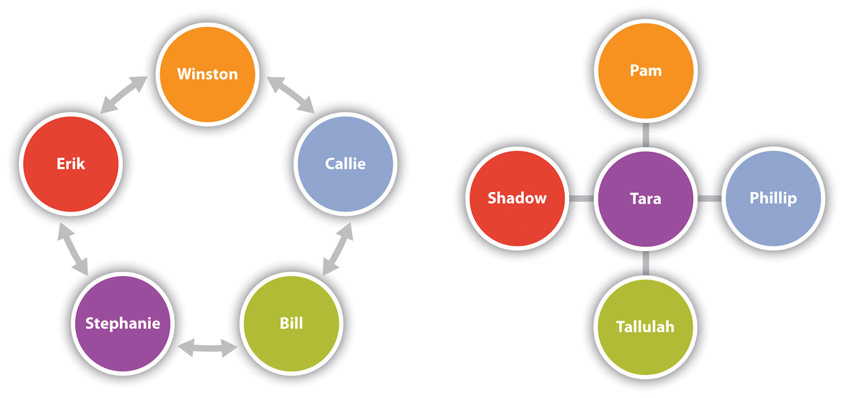Conflict Management Styles
Would you describe yourself as someone who prefers to avoid conflict? Do you like to get your way? Are you good at working with someone to reach a solution that is mutually beneficial? Odds are that you have been in situations where you could answer yes to each of these questions, which underscores the important role context plays in conflict and conflict management styles in particular. The way we view and deal with conflict is learned and contextual. Is the way you handle conflicts similar to the way your parents handle conflict? If you’re of a certain age, you are likely predisposed to answer this question with a certain “No!” It wasn’t until my late twenties and early thirties that I began to see how similar I am to my parents, even though I, like many, spent years trying to distinguish myself from them. Research does show that there is intergenerational transmission of traits related to conflict management. As children, we test out different conflict resolution styles we observe in our families with our parents and siblings. Later, as we enter adolescence and begin developing platonic and romantic relationships outside the family, we begin testing what we’ve learned from our parents in other settings. If a child has observed and used negative conflict management styles with siblings or parents, he or she is likely to exhibit those behaviors with non–family members.Maria Reese-Weber and Suzanne Bartle-Haring, “Conflict Resolution Styles in Family Subsystems and Adolescent Romantic Relationships,” Journal of Youth and Adolescence 27, no. 6 (1998): 735–52.
There has been much research done on different types of conflict management styles, which are communication strategies that attempt to avoid, address, or resolve a conflict. Keep in mind that we don’t always consciously choose a style. We may instead be caught up in emotion and become reactionary. The strategies for more effectively managing conflict that will be discussed later may allow you to slow down the reaction process, become more aware of it, and intervene in the process to improve your communication. A powerful tool to mitigate conflict is information exchange. Asking for more information before you react to a conflict-triggering event is a good way to add a buffer between the trigger and your reaction. Another key element is whether or not a communicator is oriented toward self-centered or other-centered goals. For example, if your goal is to “win” or make the other person “lose,” you show a high concern for self and a low concern for other. If your goal is to facilitate a “win/win” resolution or outcome, you show a high concern for self and other. In general, strategies that facilitate information exchange and include concern for mutual goals will be more successful at managing conflict.Allan L. Sillars, “Attributions and Communication in Roommate Conflicts,”Communication Monographs 47, no. 3 (1980): 180–200.
The five strategies for managing conflict we will discuss are competing, avoiding, accommodating, compromising, and collaborating. Each of these conflict styles accounts for the concern we place on self versus other (see Figure 6.1 "Five Styles of Interpersonal Conflict Management").
Figure 6.1 Five Styles of Interpersonal Conflict Management

Source: Adapted from M. Afzalur Rahim, “A Measure of Styles of Handling Interpersonal Conflict,” _Academy of Management Journal 26, no. 2 (1983): 368–76._
In order to better understand the elements of the five styles of conflict management, we will apply each to the follow scenario. Rosa and D’Shaun have been partners for seventeen years. Rosa is growing frustrated because D’Shaun continues to give money to their teenage daughter, Casey, even though they decided to keep the teen on a fixed allowance to try to teach her more responsibility. While conflicts regarding money and child rearing are very common, we will see the numerous ways that Rosa and D’Shaun could address this problem.